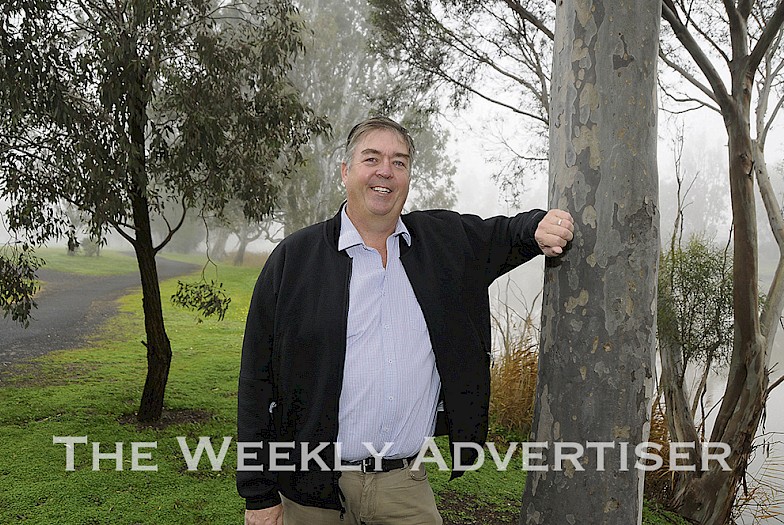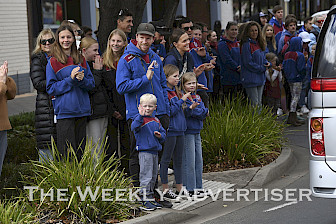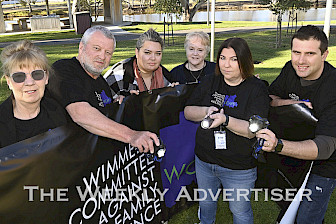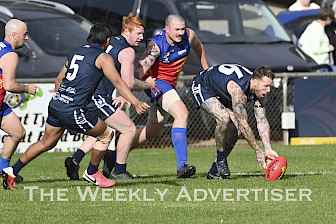Association executive director Chris Sounness said discussions via a teleconference last week were in response to a Green or policy-discussion paper on a state green hydrogen plan.
He said the meeting represented an initial step in the region in exploring ways of exploiting the potential of the gas via energy generated by wind and solar farms.
Green hydrogen is created by electrolysis of water via electricity created from an environmentally benign source such as a wind or solar generator.
It differs from brown, grey or blue hydrogen, created by ‘steam methane reforming’, which generates high levels of carbon dioxide and can leak methane – both greenhouse gases.
“The discussions were very much an initial step – very much the start of a potential journey,” Mr Sounness said.
“We were keen to see where the government was going with this and we identified some strengths and opportunities in the region and why we have a high level of interest.
“Storage of energy we create through wind and solar sources is a challenge and we can see hydrogen as part of an integrated solution.
“We have a secure water supply and an agricultural industry that research around the world suggests could readily tap into a readily available supply of energy.
“We’re exploring how hydrogen might complement a competitive advantage for the region – through stable agricultural production, a renewable-energy vision and mining, which requires a lot of energy.
“Our region has the means and capability to adopt developments quite rapidly if the means of sourcing and using hydrogen became available.”
Mr Sounness said the evolution of the use of hydrogen was showing enormous promise in a worldwide alternative energy equation mix.
“To put it into perspective, nine litres of water can make one kilogram of hydrogen. That one kilogram of hydrogen can power a vehicle for 100 kilometres. That’s involving existing technology and that technology is rapidly improving,” he said.
“The beauty of splitting water into hydrogen is that it might not matter if the water is fresh, from the sea or from underground – and that opens all sorts of possibilities.”
Conceptual stage
Mr Sounness stressed the move was at a conceptual stage and would require considerable research.
“There are many challenges. The Green paper has highlighted research gaps and we will be reaching out to the CSIRO and working with other regional communities such as Ballarat and through a GNET forum to work as a region,” he said.
Mr Sounness said the association also planned to engage with Warrnambool, where the Federal Government had invested $2-million to support initial stages of a pilot hydrogen hub.
Association leaders plan to meet CSIRO representatives in mid-February, which will tie in with a Horsham visit by Professor Ross Garnaut.
Prof Garnaut, who has been a government advisor and written books on ways to respond to climate change, will speak on the potential of the region becoming an international leader in renewable energy at a public lecture on February 12.
“Imagine the benefits for the Wimmera and southern Mallee, let alone western Victoria, if this idea becomes a reality,” he said.
“We’re starting from a position of great strength because our region has already been identified as a prime source of wind and solar energy for use in electrolysis.
“After identifying a clear picture of potential, which might take a couple of years, we might then be able to move further. It might be, like other products that started as an idea, such as the new pulse-protein powder venture in the Wimmera, that in 10 years it’s up and happening. We need to have a good look at it.”
The entire January 29, 2020 edition of The Weekly Advertiser is available online. READ IT HERE!
The entire January 29,, 2019 edition of AgLife is available online. READ IT HERE!






